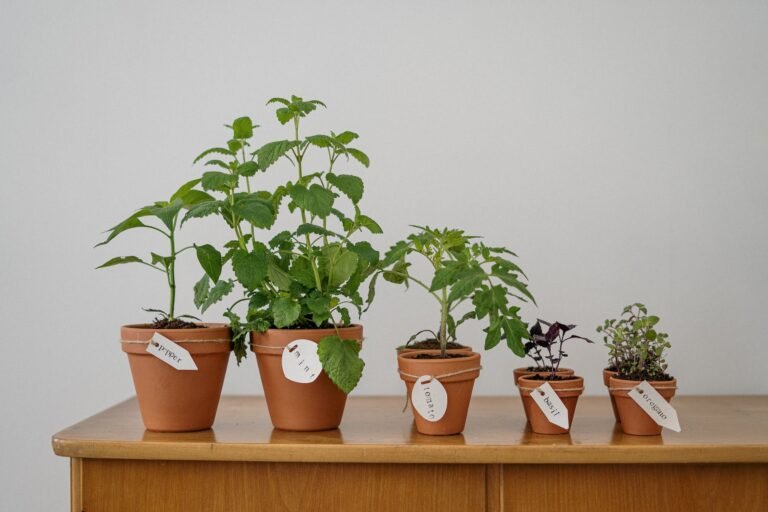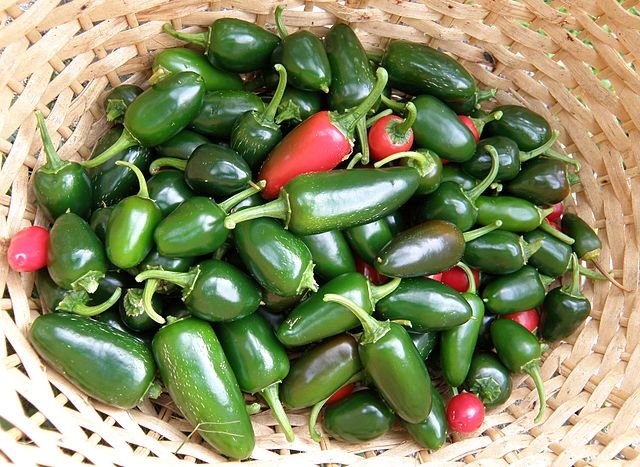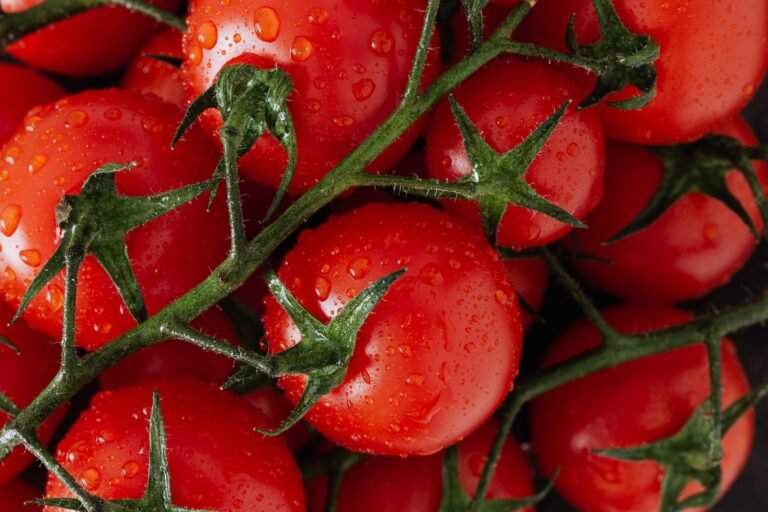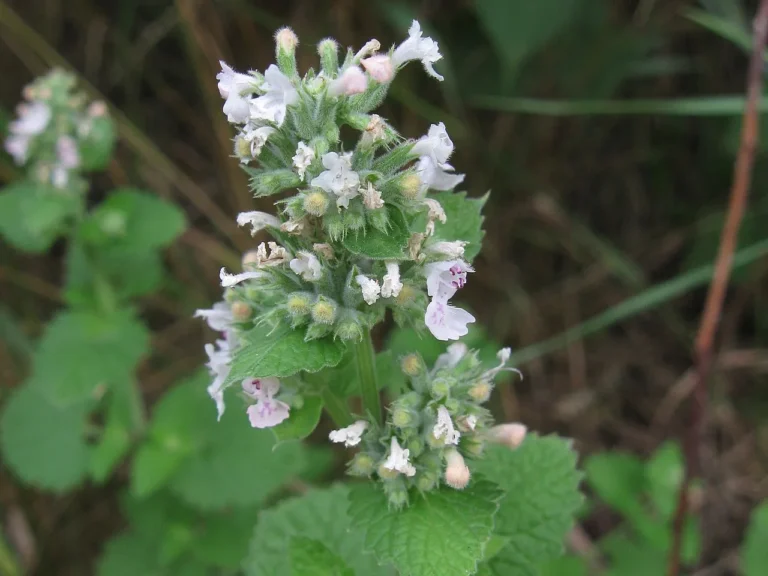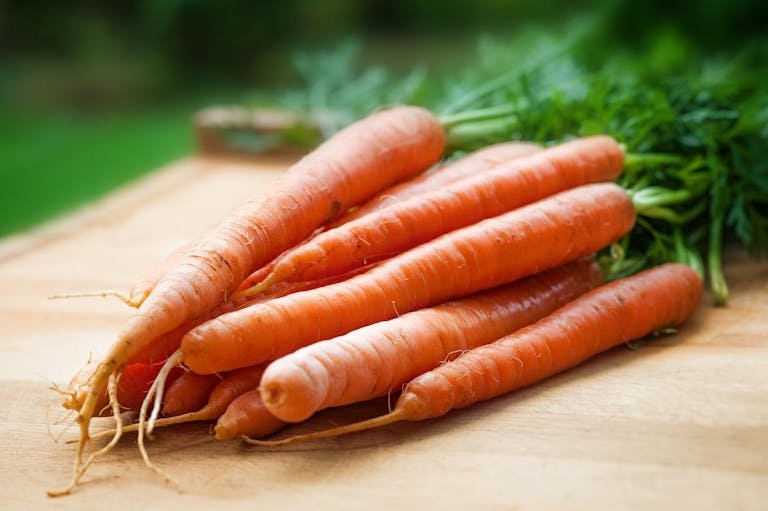Growing Butternut Squash
Known for its sweet, nutty flavour and versatility in the kitchen, butternut squash (Cucurbita moschata) is a staple of the autumn table. But have you considered growing your own? While it does require some space, growing butternut squash is relatively straightforward and immensely satisfying. This article will guide you through the process of growing this delightful variety of winter squash in your garden.
Understanding Butternut Squash
Butternut squash is a vine-growing, warm-season crop that is often grown for its delicious fruits. The plant has large, lobed leaves and yellow-orange flowers that develop into elongated, bell-shaped fruits. The fruits are tan when mature and have sweet, orange flesh inside.
Planting Butternut Squash
- When to Plant: Butternut squash should be planted after the danger of frost has passed and the soil has warmed to at least 60°F. This usually means late spring or early summer in most regions.
- Where to Plant: Choose a location that receives full sun (at least six hours of direct sunlight per day). The soil should be well-draining and rich in organic matter.
- How to Plant: Plant seeds 1 inch deep, in mounds of soil about 18-24 inches across and spaced 4-5 feet apart. You can plant 4-5 seeds per mound, then thin to the best 2-3 plants after they emerge.
Caring for Butternut Squash
- Watering: Water deeply once a week, providing about an inch of water. Avoid wetting the leaves to prevent fungal diseases.
- Feeding: Before planting, enrich the soil with compost or well-rotted manure. You can also apply a balanced, slow-release fertilizer at planting time.
- Training: Though not strictly necessary, you can train butternut squash vines up a sturdy trellis to save garden space and improve air circulation.
Harvesting Butternut Squash
Harvest butternut squash when the skin turns hard and cannot be easily punctured with your fingernail. This is usually before the first frost. Use pruners to cut the squash from the vine, leaving a 1-2 inch stem on the fruit.
Dealing with Pests and Diseases
Common pests include squash bugs and vine borers, while diseases may include powdery mildew and bacterial wilt. Using floating row covers, encouraging beneficial insects, and maintaining good garden hygiene can help manage these problems.
Growing butternut squash is a rewarding venture that yields delicious, healthy fruits perfect for autumn meals. It may take a bit of space and time, but the result is well worth it. With these tips, you should be well on your way to a bountiful harvest of homegrown butternut squash. Happy gardening!


